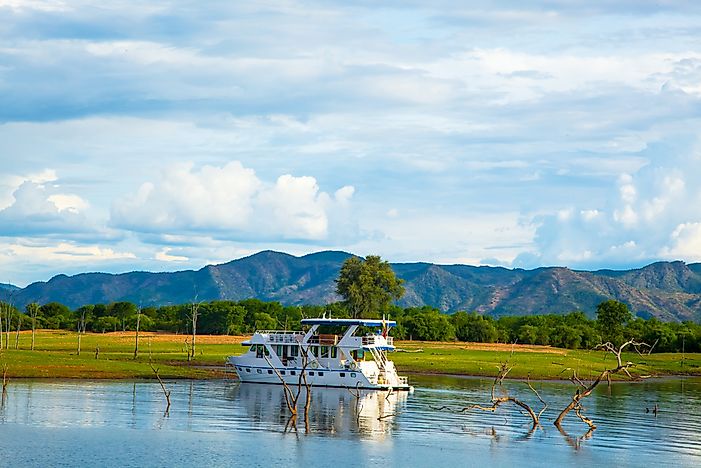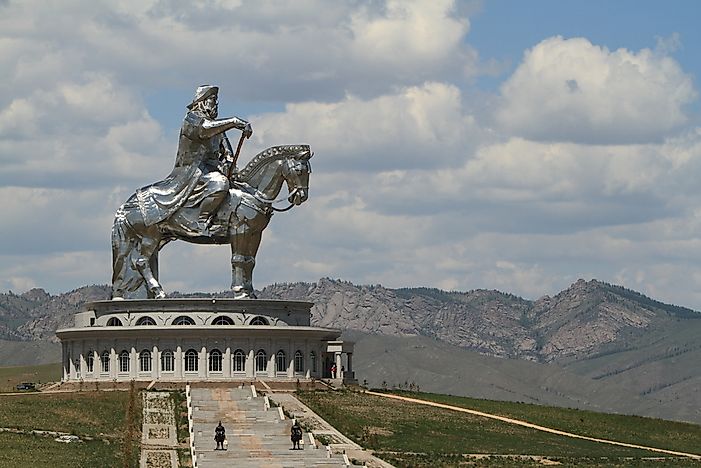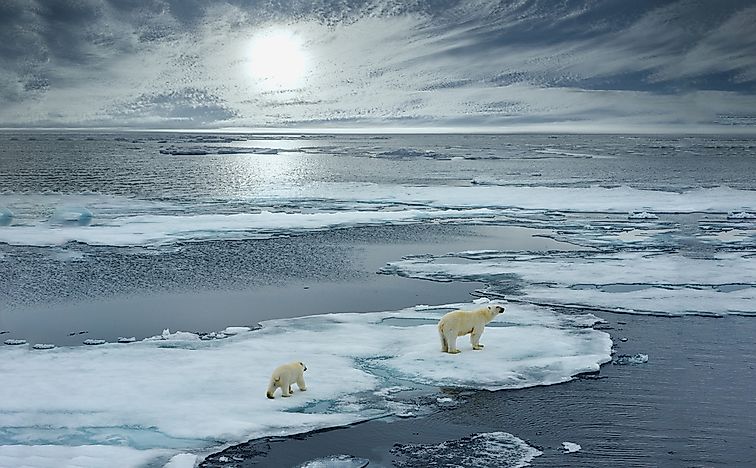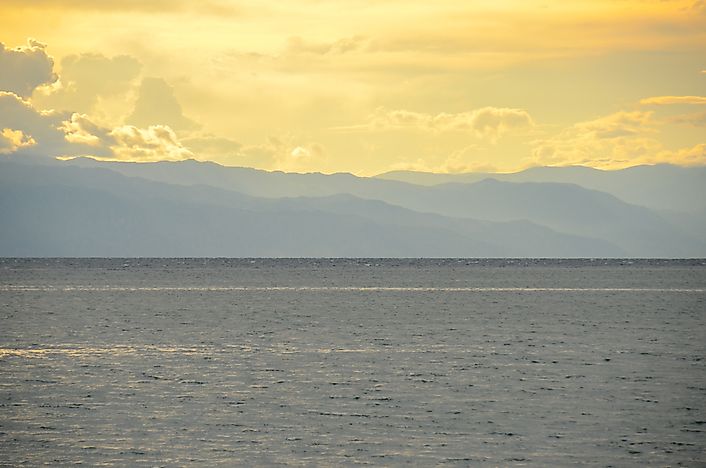The sun is always shining, the old saying goes, in one or more territories of the vast British Empire. However, it is not the only empire to leave its mark on history - a mark that reaches every corner of the world.
Definitions of an empire vary widely. An empire could be made up of one state, multiple states, or groups of countries. Empires are formed from ethnic, cultural, national, and religious components. As such, determining which aspect to use to measure an empire is problematic. This is because the mentioned factors often overlap one another. However, the following largest Empires were determined following a methodology strictly based on total land area.
10. Portuguese Empire, Early 19th Century, 4.02 million square miles
By 1815, the Portuguese Empire was four million square miles. It covered the regions known today as Brazil, Mozambique, Zambia, and Zimbabwe, as well as other regions in Africa. It is notable for being one of the first empires in history to cover such great lengths. Throughout the 20th century, pieces of the empire began to gain independence. It was officially dissolved when Portugal gave Macau to China in 1999.
9. Yuan, 1271-1368, 4.25 million square miles
The Yuan Empire, established by Kublai Khan Clan, succeeded the Mongol Empire to become an imperial Chinese dynasty. It covered an area of 4.2 million square miles. The Pax Mongolica system promoted commercial, cultural, and scientific growth. In this era, Yuan was at peace with the Khanates of Western Mongolia.
8. Abbasid, 9th Century CE, 4.29 million square miles
Abbasid was part of the vast and powerful Arab Empire. In 750 AD, Abbasid overthrew the Umayyad caliphate (a caliphate is a region under the command of a Muslim ruler). It covered parts of what would be recognized today as the Middle East, Central Asia, Southern Europe, and Northern Africa. The empire takes its name from Abbas ibn Abd al-Muttalib, who was the youngest uncle of the prophet Muhammad.
7. Umayyad, 651-750, 4.29 million square miles
The Umayyad Empire stretched from Syria, Damascus, Maghreb, Iberian Peninsula, Sindh, Punjab, Transoxiana, and Caucasus. All these territories had a combined population of 62 million people (which was 29% of the world’s population) and covered an area of 4.29 million square miles. The Empire was secular.
6. Second French Empire, 1534-1980, 4.44 million square miles
France underwent tremendous growth and development between the First and Second Word Wars. In the early 1920s, French defeated Germany in the First World War with the help of the Allied powers. By 1924, means of agricultural and industrial production had developed extensively. The Great Depression hit France in 1931. After 1931, high levels of unemployment and political unrest became a national problem. The French Empire, which had once extended from Europe to Africa to North America to Asia, began to decolonize in the mid 20th century.
5. Spanish Empire, 1492-1975, 5.29 million square miles
The Spanish Empire was composed of colonies and territories of the Spanish Monarch distributed throughout the Americas, Asia, Africa, Oceania, the Greater Antilles, South America, and some Pacific Ocean Archipelagos such as the Philippines. The Spanish empire dominated the oceans and European battles, as it was able to partake in trade in the Atlantic, Indian and Pacific sea. Despite its size, the Empire was in constant fights with powers over territories, trade, or religion.
4. Qing Dynasty, 1644-1917, 5.68 million square miles
The Qing Dynasty was the last imperial rule in China. Under the leadership of Kangxi Emperor, the Empire was a world power thanks to its social, economic, and political means. At the time of the eighteenth century, the Qing Empire administered over 5 million square miles. Yongzheng converted Qing to an early modern state promoting Confucian orthodoxy and banning Christianity in 1723.
3. Russian Empire, 1721-1917, 8.8 million square miles
The Russia Empire was made up of Moscow, St. Petersburg, Russian Poland, the central European Russian regions, the Baltic cities, regions along lower Dnepr and Don rivers and the Southern Ural Mountains, covering an area of 8.8 million square miles. In 1861, the law allowed peasants to own the lands they were working on for their use, thus freeing them from their dependency on landowners. The farmers constituted four-fifths of the rural population, and the proclamation made Russia the largest cereal producer and exporter in the world.
2. Mongol Empire, 1206-1368, 9.27 million square miles
By the 1280s the Mongol Empire was the largest contiguous empire in the history of humankind covering an area of 9.27 million square miles. The empire covered the steppes of Central Asia, then stretched to the Sea of Japan, Central Europe, then finally westwards to Levant and Arabia. It extended northwards to Siberia, and southwards and eastwards to Indochina, Iranian Plateau, and the Indian subcontinent. The Mongol Empire started as groups of nomadic tribes united by Genghis Khan in 1206.
1. British Empire, 1497-1997, 13.71 million square miles
The British Empire was formed up of protectorates, colonies, dominions, mandates, and territories. By 1920s, at the height of its dominance, the whole empire covered more than 13 million square miles (24% of the earth’s area) which included territories in every continent. The self-governing nations of the Union of South Africa, Australia, Canada, New Zealand, and other colonies such as Kenya, Nigeria, India, Egypt, Sudan, Burma, and Singapore were all ruled from London. The British naval power controlled most of the key maritime trade routes and enjoyed unchallenged sea power. It also controlled many access routes to Asia and Latin America





